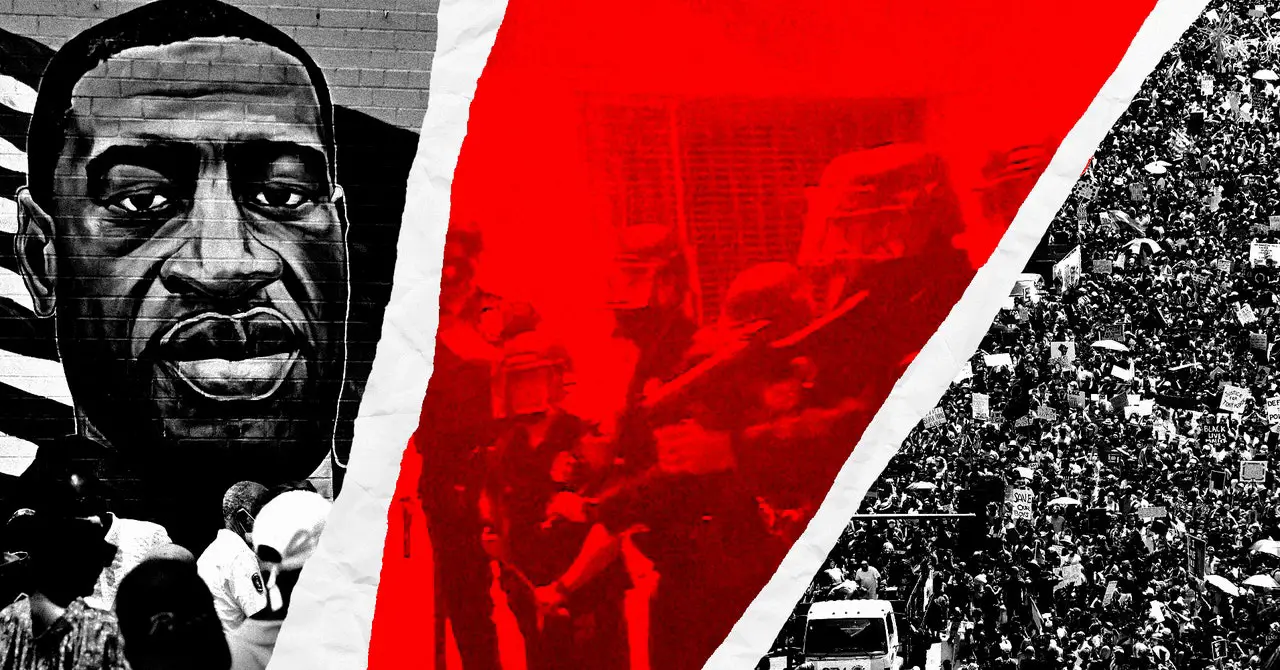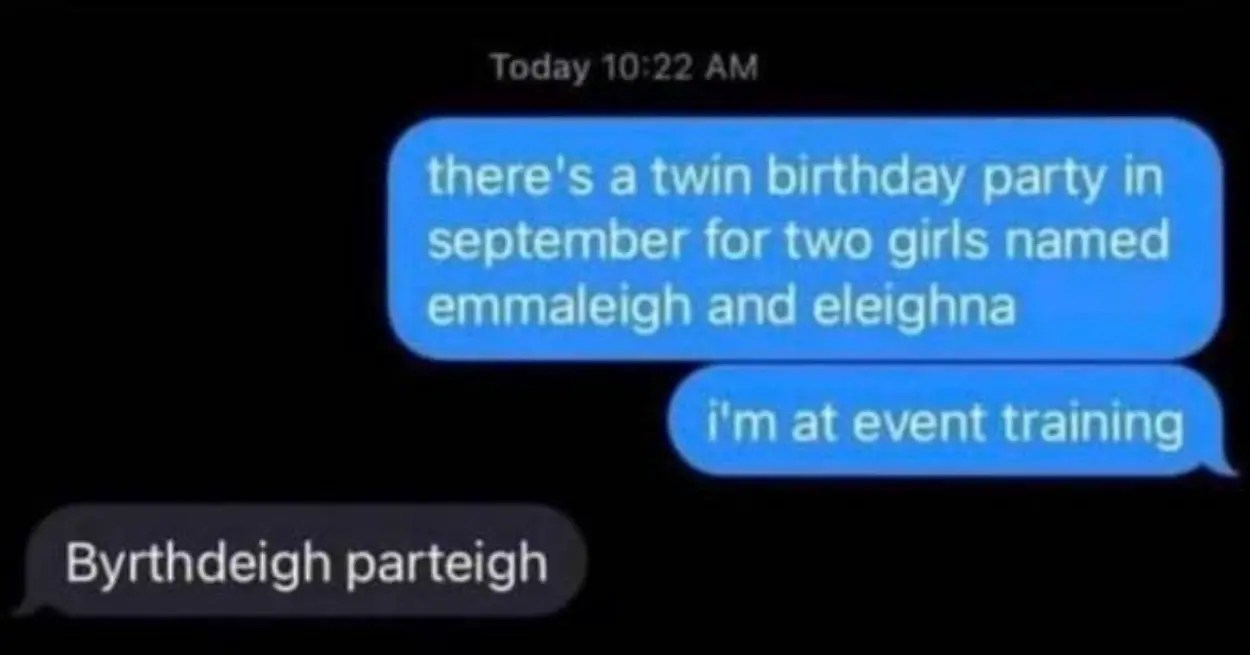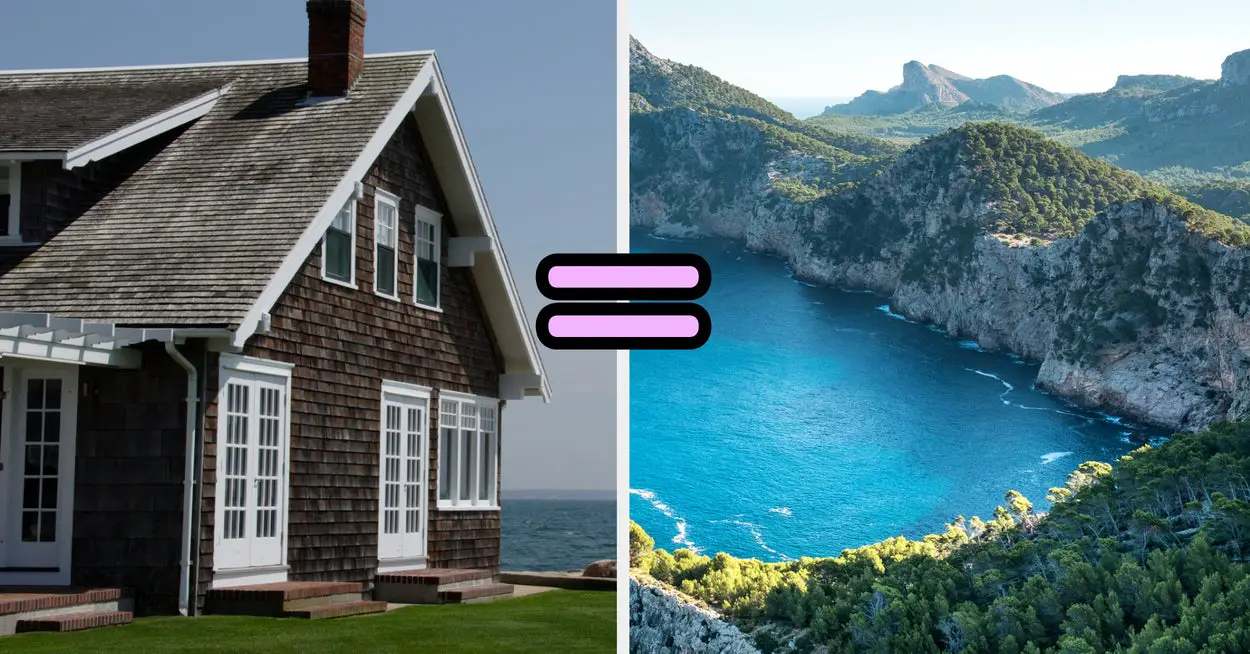Beaten, blinded by pepper spray, corralled like animals, and indiscriminately arrested for marching against police violence and racial injustice. Such was the fate hundreds of people suffered at the hands of New York Police Department (NYPD) officers in late May and early June of 2020, as thousands of people across the United States protested the murder of George Floyd by a Minneapolis police officer.
Three years later, a class action lawsuit has resulted in the City of New York agreeing to pay $9,950 each to some 1,380 protesters as part of a settlement. Costing taxpayers more than $13 million, it’s the largest amount paid to protesters in US history, according to the legal team behind the class action suit.
Lawyers secured the settlement with the aid of a little-known tool that helped them quickly categorize and analyze terabytes of video footage from police body cams, helicopter surveillance, and social media. “We had multiple weeks of protests. We had protests spanning the city of New York. We had thousands of arrests,” says David Rankin, a partner at the law firm Beldock, Levine & Hoffman who was part of the protesters’ legal team. “We had tens of thousands of hours of body cam footage, we had text messages, we had emails, we had just an absolute truckload of data to get through.”
The path through all this data was carved by Codec, a video categorization tool developed by the civil liberties-focused design agency SITU Research. Launched in June 2022, the tool is proving essential in legal battles around the world, where hours of disparate video footage can reveal orchestrated, state-backed violence against protesters.
Clip by Clip
Dozens of videos shared with WIRED show how the legal team built their case. Using this data, which also included geospatial information, time stamps, and the category of the alleged misconduct, we were able to build a map that allows anyone to watch the police incidents that were central to the lawsuit. Each dot represents an incident the legal team characterized as police misconduct. Of the 72 videos the legal team flagged as most pertinent to their case, the map includes 47 videos recorded by police body cams or surveillance cameras. The locations of the remaining 25 videos, which appear to have been taken from social media and other sources, are also pinpointed on the map. In total, the legal team analyzed more than 6,300 videos.
Some of the videos on the map contain graphic violence, and viewer discretion is advised. Videos will autoplay with the sound on.
Video evidence was obtained from various sources, including police body cameras and helicopters. SITU Research geolocated the data and provided it to WIRED.
Among the videos we reviewed, an NYPD officer can be seen running down the sidewalk while pepper-spraying a person who’s standing against a building, entirely out of the officer’s way. In another video, an officer hits a protester with a car door while driving down the street. Another video shows a group of officers interlocking arms as one of them says, “Just like we fucking practiced.” The officers then charge a group of protesters before singling out a person on the sidewalk and beating them with batons. Taken together, the footage demonstrates widespread, systematic police misconduct during protests that spanned from May 28 to June 4, 2020, across multiple neighborhoods in New York City, according to the lawsuit.
While looting and vandalism took place in several neighborhoods during the protests, the demonstrations were largely peaceful. The defendants in the lawsuit have not admitted wrongdoing as part of the settlement, and city attorneys deny an orchestrated effort to violate protesters’ rights. Reached for comment, the NYPD referred WIRED to the city’s Law Department, which has not yet responded to a request for comment.
Remy Green, a partner at Cohen & Green and a member of the protesters’ legal team, says the use of police body cameras, which have been touted as a step in the right direction for civil liberties, has become “a kind of band-aid solution to police brutality.” A single video can only reveal so much, Green says, and police departments can use this limitation to obfuscate what really happened. Protests that are met with an extreme police response require a zoomed-out vantage point, which is what Codec allowed the legal team to create. “It gives you a much more comprehensive look at the activities that occurred,” says Green.
Hard Pivot
The idea of using Codec in the lawsuit came from a related case settled earlier this year. Here, Human Rights Watch worked with SITU Research to analyze video footage of protests in the Mott Haven neighborhood of the Bronx, one of New York City’s five boroughs. Their work proved that the NYPD used an anti-protest tactic called “kettling”—trapping a group of people so they can’t escape—just prior to a government-mandated curfew, thus ensuring that they were in violation of the order. In March, a lawsuit against the city over the NYPD’s use of kettling ended in a $21,500 payout to each of more than 300 Mott Haven protesters, which is estimated to be the highest per-person settlement for a mass arrest in US history. The NYPD said in a statement following the settlement that it has since “re-envisioned” its “policies and training for policing large-scale demonstrations.”
Having seen the forensic video investigation SITU’s work on the Mott Haven protests produced, Rankin asked for help conducting a similar investigation. But this time it wouldn’t focus on police conduct during a single protest in one neighborhood, but rather protests across New York City.
Source link










Leave a Reply